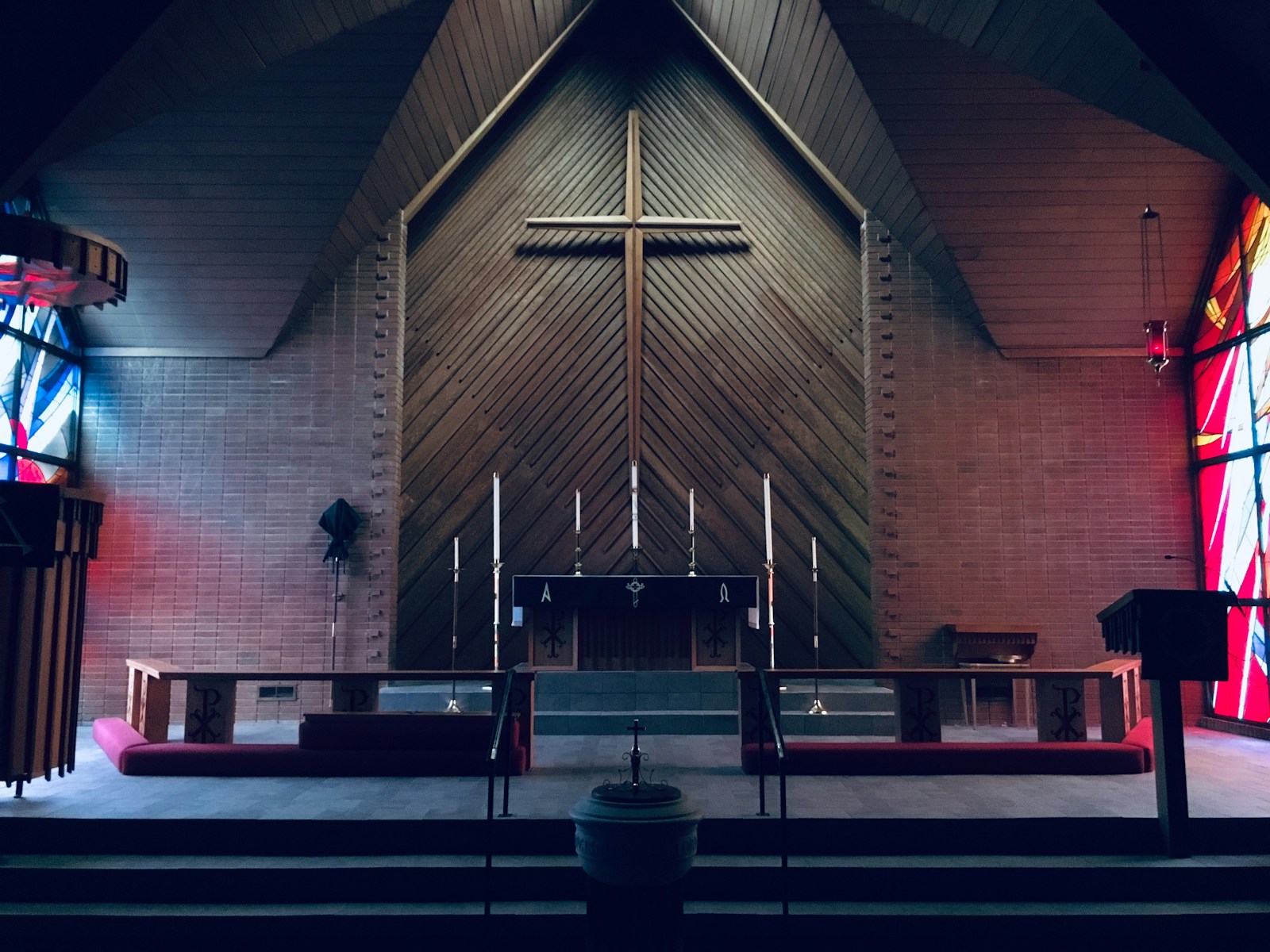Key Takeaways
- The Great Migration moved millions of African-Americans from the Jim Crow South to the North.
- New communities and jobs grew in cities like Chicago and New York.
- Migrants built schools, churches, and businesses to support each other.
- They demanded fair treatment and began powerful civil rights movements.
- The Great Migration set the stage for modern social change and culture.
Great Migration: Journey to a New Life
In the early 1900s, many African-Americans faced harsh laws and violence in the South. As a result, they sought safety and work up North. This mass movement became known as the Great Migration. People packed their bags and said goodbye to fields and small towns. However, they carried hope and family dreams. First, they hopped on trains or rode buses. Soon, they arrived in bustling cities filled with opportunity and challenge.
Motivated by violence, low wages, and lack of rights, families risked everything. Moreover, they believed in a brighter future for their children. They longed for fair wages, a chance to vote, and safe neighborhoods. Therefore, they joined lines at train stations hoping to start anew.
Great Migration Shapes New Northern Cities
When migrants arrived, they found crowded housing and tight jobs markets. Yet, they persisted. Many took factory roles in steel mills, car plants, and meatpacking plants. Meanwhile, others worked as maids, janitors, or cooks. Although wages could be low, they often beat what people earned in the South.
Communities began to form around churches and social clubs. These spaces served meals, hosted events, and offered advice. Thus, newcomers could lean on each other for support. In cities like Chicago, Detroit, and Philadelphia, whole neighborhoods reflected Southern roots. People shared stories, food, and music. As a result, jazz and blues clubs thrived, giving birth to new sounds.
Building Strong Communities
Migrants refused to stay isolated. So they pooled savings to open grocery stores, barber shops, and insurance firms. These businesses served customers who often faced discrimination elsewhere. In addition, families started schools and reading clubs to teach kids history and literacy.
Women played a key role. They organized sewing circles and fundraisers. Then, they used these funds to help families in need. Meanwhile, church leaders offered guidance and a sense of belonging. By coming together, residents built a safety net that protected them from poverty and hatred.
Fighting for Justice
As people settled, they faced racism in housing, schools, and jobs. Landlords charged high rent and steered families into crowded districts. Schools remained segregated in some areas. Even unions often excluded black workers. In response, activists rose up. They held protests, wrote letters, and formed groups to fight injustice.
The Great Migration fueled a new civil rights spirit. Leaders like Ida B. Wells and A. Philip Randolph spoke out. They urged communities to unite for voting rights and equal pay. Moreover, newspapers edited by migrants spread news and ideas. Through these efforts, a larger movement took shape. This wave of activism would later power major civil rights victories.
Cultural Waves and New Voices
Music, art, and literature blossomed as never before. The Harlem Renaissance celebrated black creativity in poetry, painting, and performance. Writers like Langston Hughes and Zora Neale Hurston shared stories of life in the North. They highlighted joy, struggle, and hope. Jazz legends like Duke Ellington and Billie Holiday filled clubs with new rhythms. Consequently, the country’s culture changed forever.
Even outside of Harlem, migrants influenced style and language. Churches hosted gospel choirs that inspired crowds. Dance halls echoed with swing and big band tunes. As a result, mainstream audiences discovered African-American art and music.
Legacy and Influence
The Great Migration reshaped America’s map. Cities grew rapidly and urban life changed. New neighborhoods formed patterns that still stand today. Moreover, the migration laid groundwork for the civil rights movement of the 1950s and 60s.
Generations born in Northern cities gained access to better schools and jobs. They pushed for public office and fought segregation in public spaces. Therefore, their children benefited from improved rights and freedoms. In this way, the Great Migration continues to echo across time.
Finally, festivals and museums now honor this journey. Stories passed down in families remind us of the courage shown. As a result, people today learn lessons about hope, resilience, and unity.
Frequently Asked Questions
What triggered the Great Migration?
A mix of violence, low wages, and legal segregation in the South pushed families north. They sought safety, jobs, and voting rights.
Which cities saw the biggest influx of migrants?
Cities like Chicago, New York, Detroit, and Philadelphia gained the most newcomers. Factories and industrial jobs drew people in.
How did the Great Migration impact culture?
Music, art, and literature thrived. The Harlem Renaissance and jazz clubs spread new sounds and ideas across the country.
Why is the Great Migration still important today?
It shaped civil rights, community building, and urban life. Its lessons on hope and resilience inspire people now. Source: https://www.nydailynews.com/2025/11/12/the-national-urban-leagues-harlem-homecoming/

